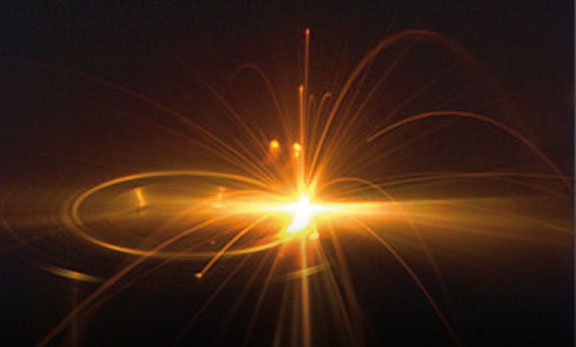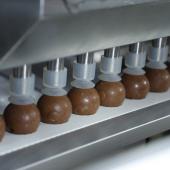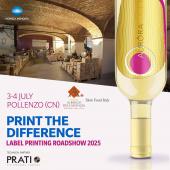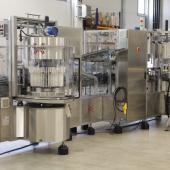Beneficial radiation
ELECTRON BEAM CURING Why and how to use electron beam curing for hardening surface coatings. Update at the RadTechEurope conference. David Helsby

The first experiments with electron beams date from the twenties of the last century, but the first attempts to cure varnishes with Electron Beam Curing (EBC) were only made forty years later.
The essence of EBC is that an electron bundle induces cross-linking in a coating that has been applied, which actually involves radical polymerization as we know it from organic chemistry. This cross-linking is only possible if the varnish contains double bonds, for example in the form of ethylene, propylene, vinyl or acrylate groups. The last of these are particularly popular for their combination of properties.
The main ingredients. The electrons are generated by conducting an electrical current through a tungsten filament and then accelerated in an electrical field that is applied. This is done in a vacuum, which is closed off by a titanium foil window that is permeable to electrons. The technique primarily lends itself to flat products, although the range of the electrons is adequate to be able to handle a certain profile height.
The product with the applied coating or ink is then guided underneath the titanium window for exposure to the beam. An inert atmosphere is necessary because the presence of oxygen causes a number of undesired reactive bonds in the coating. Nitrogen with at least 99.98 percent purity is usually used for this, or an oxygen content of less than 200 ppm.
Energy dose and density. There are two primary variables with EBC: the dose and the energy density of the electrons. The dose, which is the quantity of electrons that are fired at the coating, depends on the temperature of the filament, or the current intensity and/or voltage. The dose determines the speed of cross-linking, or the degree of cross-linking that can be obtained in combination with a certain feed rate.
The high voltage electrical field that is applied determines the energy of the electrons and therefore their penetration depth into the ink or coating to be cured. For coatings and inks, a voltage between 70 kV and 300 kV is generally adequate. This gives a penetration depth of about 15 μm and 500 μm respectively, although this also depends on the density of the coating material. It is important to tune this properly, because with too low a voltage the coating does not cure to the full depth, and with too high a voltage the substrate may be unnecessarily influenced. Aside from unnecessary energy consumption, this can lead to discolouration.
UV and EB curing: the Radtech conference
The drying and curing systems based on UV or EB are used on all types of materials, in various fields including the production of packaging and especially printing. Their success is due to the rapidity of the process, compatibility with heat sensitive materials, excellent energy efficiency and environmental benefits. In particular, these treatments enable the elimination most solvents required in traditional processes, facilitating among other things compliance with regulations on volatile organic compounds (VOCs).
In the graphic arts, the UV or EB systems are used in drying varnishes (in particular in packaging) and inks in all printing techniques: flexo, offset, digital and even screen printing. The key factors of this popularity are the developments within packaging - typically, the transition from rigid to flexible - the quality printing of high volumes, the tendency to just-in-time deliveries, the need to reduce costs...
The conference and exhibition organized by RadTech Europe (this year in Basel, CH, October 15th to 17th) is the most authoritative opportunity for updating on the technology and market, and the place where new applications (from printed circuit boards to solar panels to ink and from dental aids to nail decoration…) and reviews the situation on safety and environmental legislation, where UV and EB radiation offer many and various advantages inasmuch as they do not add undesired elements to the products or packaging treated, and are also compatible with food standards. They also contribute significantly to the reduction of energy consumption and greenhouse gas emissions of volatile organic compounds (VOCs) and hazardous air pollutants (HAPs).
* David Helsby
Presidente RadTech Europe




















